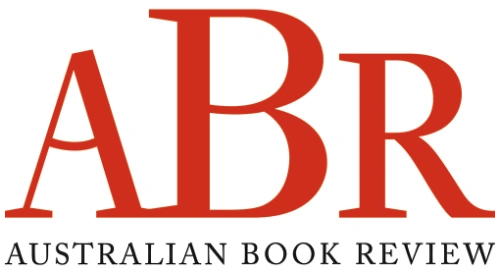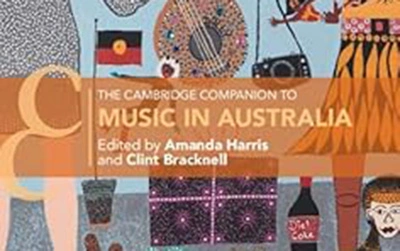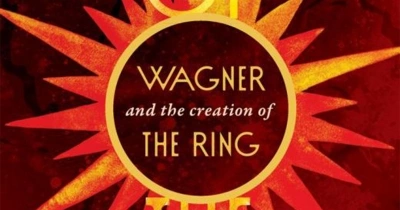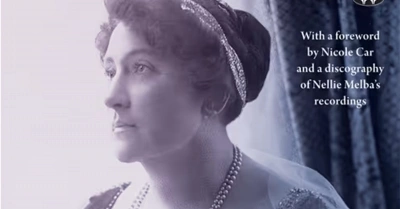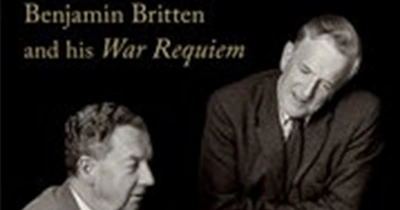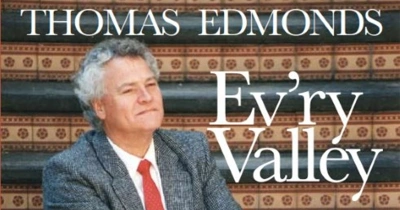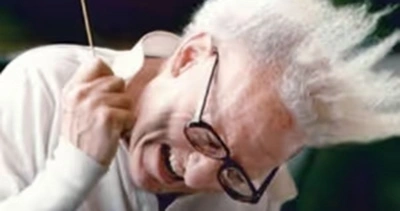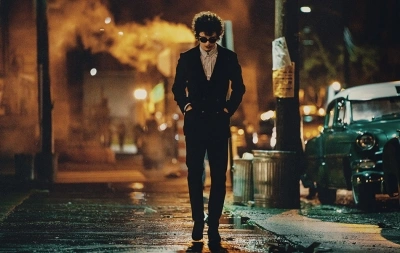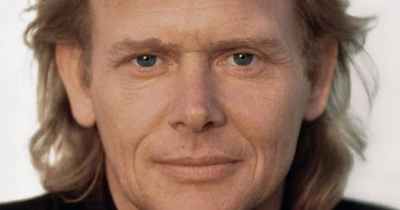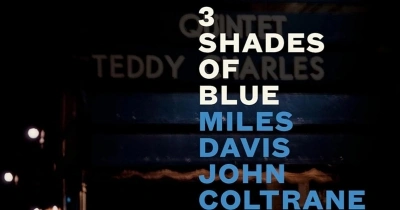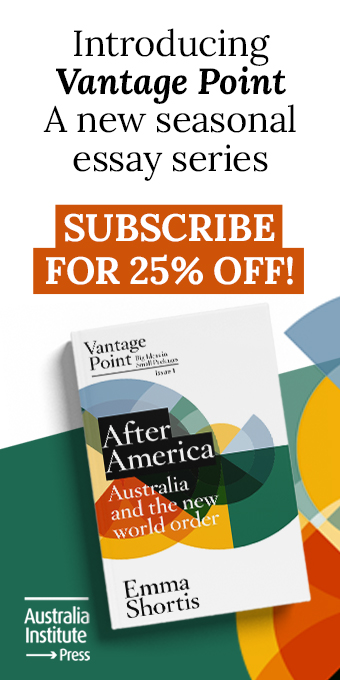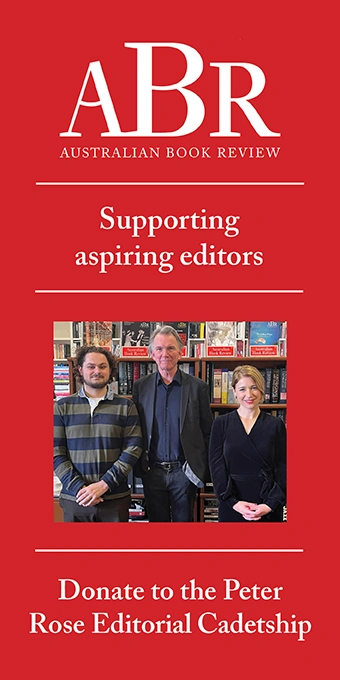Music
The Cambridge Companion to Music in Australia edited by Amanda Harris and Clint Bracknell
by Peter Tregear •
Story of the Century: Wagner and the creation of The Ring by Michael Downes
by John Allison •
Nellie Melba: The legend lives – a biography by Richard Davis
by Michael Shmith •
The Tenderness of Silent Minds: Benjamin Britten and his War Requiem by Martha C. Nussbaum
by Paul Kildea •
Carlo Felice Cillario: Italian maestro of the Australian Opera by Stephen Mould
by Michael Shmith •
The famous backlash against Bob Dylan’s switch to playing electric music in the mid-1960s is often misunderstood. It was not an objection based on musical aesthetics. Folk purists, such as the audience at Newport Folk Festival in 1965 and the man who shouted ‘Judas!’ at a Manchester show in 1966, were not enraged by the simple fact of the volume, rhythms, and brashness of rock and roll. Dylan’s adoption of what many saw as a popular fad was more a social question of the artist-audience relationship. ... (read more)
The Voice Inside by John Farnham with Poppy Stockell
by Joshua Black •
3 Shades of Blue: Miles Davis, John Coltrane, Bill Evans and the lost empire of cool by James Kaplan
by Des Cowley •
